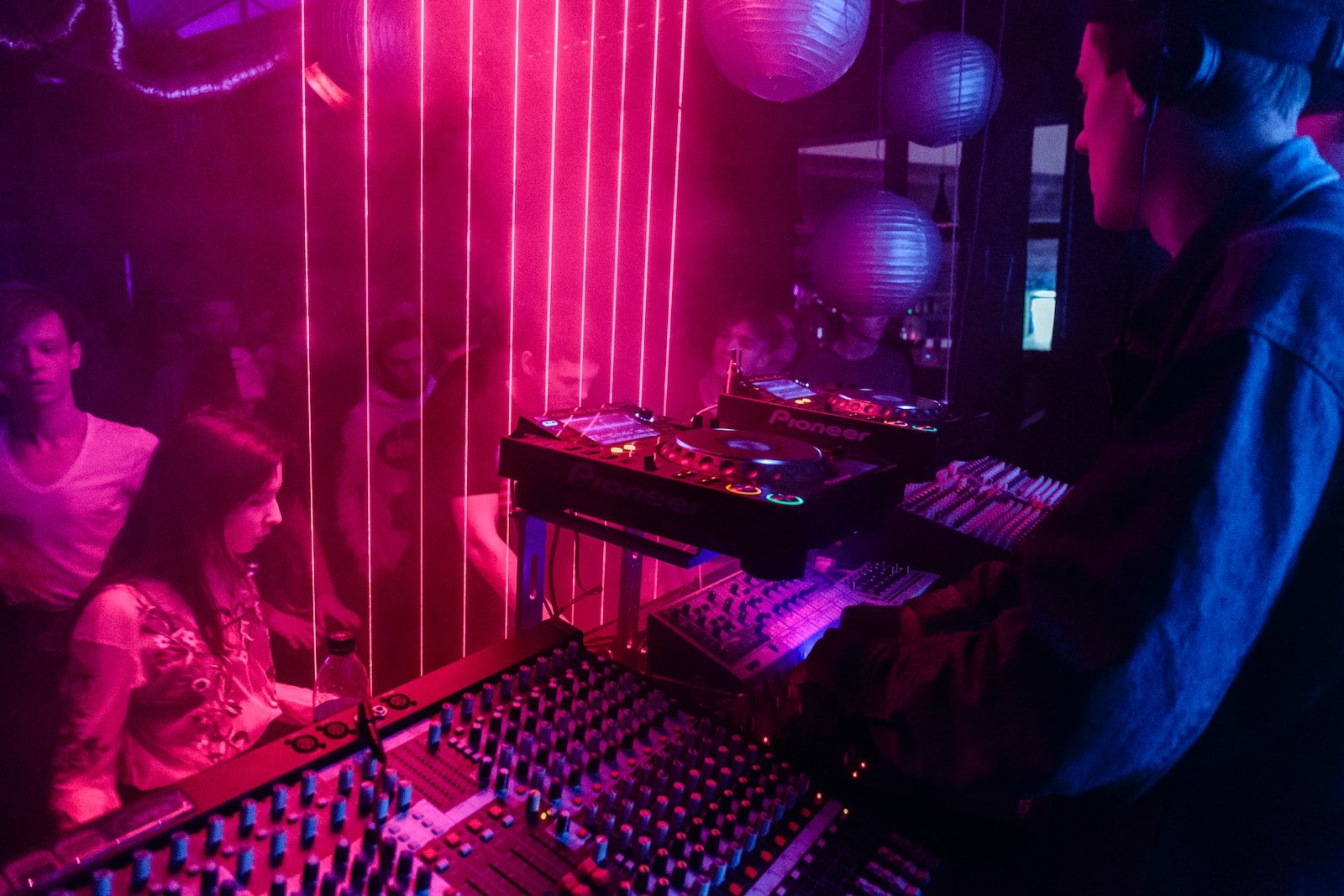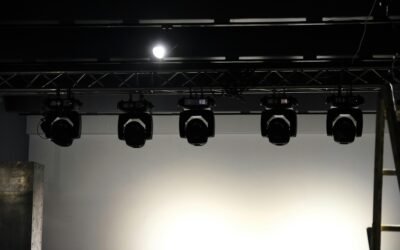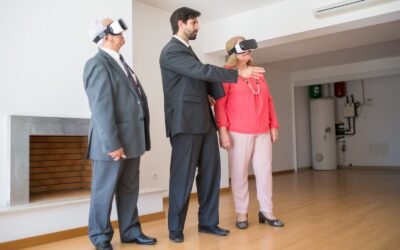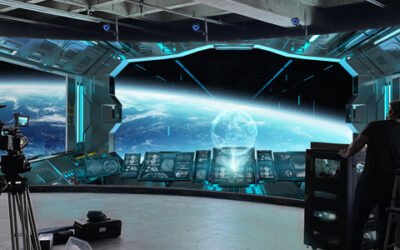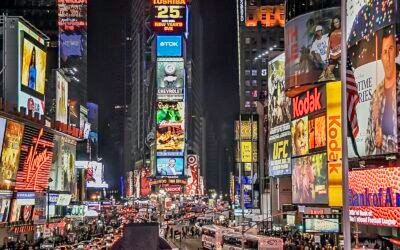A live stage refers to a performance space or platform where live entertainment events, such as concerts, theater productions, dance performances, or other forms of artistic presentations take place. It typically includes a raised platform or stage area, where performers showcase their talents, and seating areas for the audience to watch the performance.
Different purposes of live stages including:
- Theater Plays: Theatrical performances, including dramas, comedies, musicals, and experimental theater, are popular live stage productions. They often involve complex storytelling, elaborate sets, costume changes, and synchronized acting.
- Concerts: Live music performances, featuring bands, solo artists, orchestras, or choirs, are frequently staged. These shows focus on the musical performance, with considerations for stage design, lighting, sound, and audience engagement.
- Dance Performances: Live dance shows encompass various styles, such as ballet, contemporary, hip-hop, and cultural dances. They require choreography, costumes, lighting, and music that complement the movements and convey the intended artistic expression.
- Stand-up Comedy: Comedians often perform live on stage, delivering humorous monologues or engaging with the audience. These shows require good stage presence, timing, and effective use of microphones for clear communication.
- Award Ceremonies: Live stage events like award shows celebrate achievements in various fields. They involve presentations, speeches, performances, and elaborate stage setups to create a visually appealing and entertaining experience for the audience.
- Corporate Events: Companies often organize live stage events for product launches, conferences, or employee gatherings. These events may include keynote speeches, presentations, panel discussions, and performances, with a focus on effective communication and engagement.
- Educational Presentations: Educational institutions or organizations sometimes organize live stage presentations to convey knowledge or raise awareness about specific topics. These presentations may include lectures, demonstrations, multimedia elements, and interactive components.
The specific equipment needed for a live stage can vary depending on the type of event and the requirements of the performers. However, here are some common types of equipment often found on a live stage:
- Lighting: Lighting equipment is crucial for setting the mood, creating atmosphere, and highlighting performers on stage. It includes instruments such as spotlights, floodlights, and moving lights, as well as control systems to adjust their intensity, color, and movement.
- Sound Systems: Sound equipment is essential for amplifying and distributing the performers’ voices and music to the audience. It includes microphones, speakers, mixing consoles, amplifiers, and signal processors. Different types of microphones may be used depending on the application, such as handheld microphones for singers or clip-on microphones for actors.
- Stage Rigging: Rigging equipment is used to suspend and support various stage elements, including lighting fixtures, speakers, and backdrops. It consists of trusses, motorized hoists, cables, pulleys, and other hardware that allow for the safe and efficient hanging of equipment above the stage.
- Backdrops and Set Pieces: These are large scenic elements or backgrounds used to create the visual environment for the performance. Backdrops can be painted or digitally printed fabric panels, while set pieces are physical structures such as walls, furniture, or props that enhance the stage design.
- Audiovisual Equipment: Depending on the performance, audiovisual equipment such as video screens, projectors, and video playback systems may be used to display visual content, pre-recorded videos, or live feeds from cameras capturing the performance from different angles.
- Stage Effects: Special effects equipment can be employed to enhance the performance experience. This may include fog machines, strobe lights, lasers, pyrotechnics, or other devices that create visual or atmospheric effects during specific moments of the show.
- Communication Systems: Intercom systems are used to facilitate communication between the various members of the production team, including stage managers, technicians, and performers. These systems typically involve headsets and beltpacks to allow for clear and efficient communication during rehearsals and live performances.

